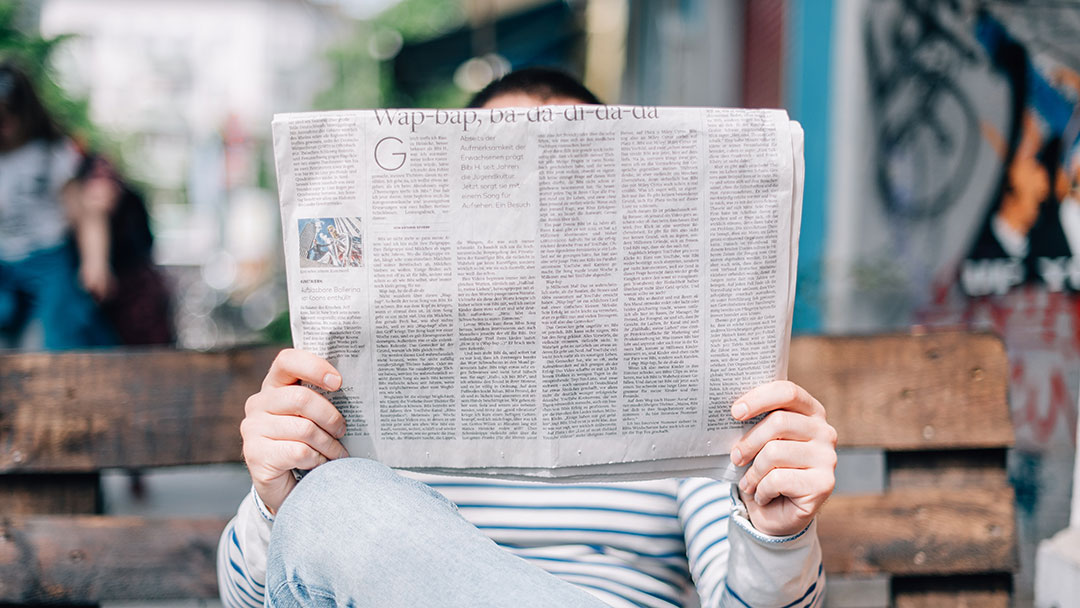Believe it or not, there appears to be a correlation between the direction a consumer takes to reach a store and how they perceive the store itself, according to research published in the December 2009 issue of the Journal of Marketing Research.
Maps generally depict northern locations as being 'above' southern locations, and everyday speech commonly describes north as being above south (e.g. "up north" and "down south").
The study found that the common association between vertical position and cardinal direction actually leads people to erroneously infer that northern locations are physically above southern locations, which in turn shapes their emotional judgments and choices.
"A lifetime of exposure to maps and metaphors linking vertical position and cardinal direction causes people to believe, quite literally, that north is uphill and south is downhill. Because of this, consumers expect northbound travel to be more onerous, more time-consuming, and costlier than southbound travel," said Joseph Simmons, assistant professor of marketing at the Yale School of Management and a fellow of the Yale centre for Customer Insights. Simmons conducted the study with Leif Nelson, assistant professor of marketing at the Haas School of Business at the University of California, Berkeley.
In a series of experiments, Simmons and Nelson found that people judge northbound travel to take longer and to be more difficult than southbound travel. As a consequence, people expect to pay more for northbound services than for equivalent southbound services.
In one study, participants estimated that a moving company would charge 80% more to move the contents of an apartment 20 miles to the north (US$1550) than the same distance to the south (US$857). In another, participants estimated that it would be more expensive to ship a package to a northern city than to an equidistant southern city when given a map depicting the northern location to be above the southern location. However, when the map showed south to be above north, the effect was eliminated.
"When the belief that 'north is up' is disrupted, the effect of cardinal direction on consumers' judgments is disrupted as well," noted Simmons. As a result, marketing promotions that describe a retail location as north or south of a reference location can affect consumers' intentions to shop there.
In fact, study participants expressed greater intent to redeem a coupon that described a store as being to the south of a reference location (presumably because southbound travel is expected to be the easier route). Another study showed that consumers choose to travel to southbound stores when convenience is important (for example when purchasing a routine, inexpensive item) but they were indifferent to travel direction when purchasing a special, more expensive item (which was considered worth the extra effort to acquire).
"Companies targeting customers who value low prices and convenience should ideally frame their locations to reflect a southern direction," concluded Simmons. "However, those targeting customers who value high quality may not benefit from this strategy."
|
More Info: |




